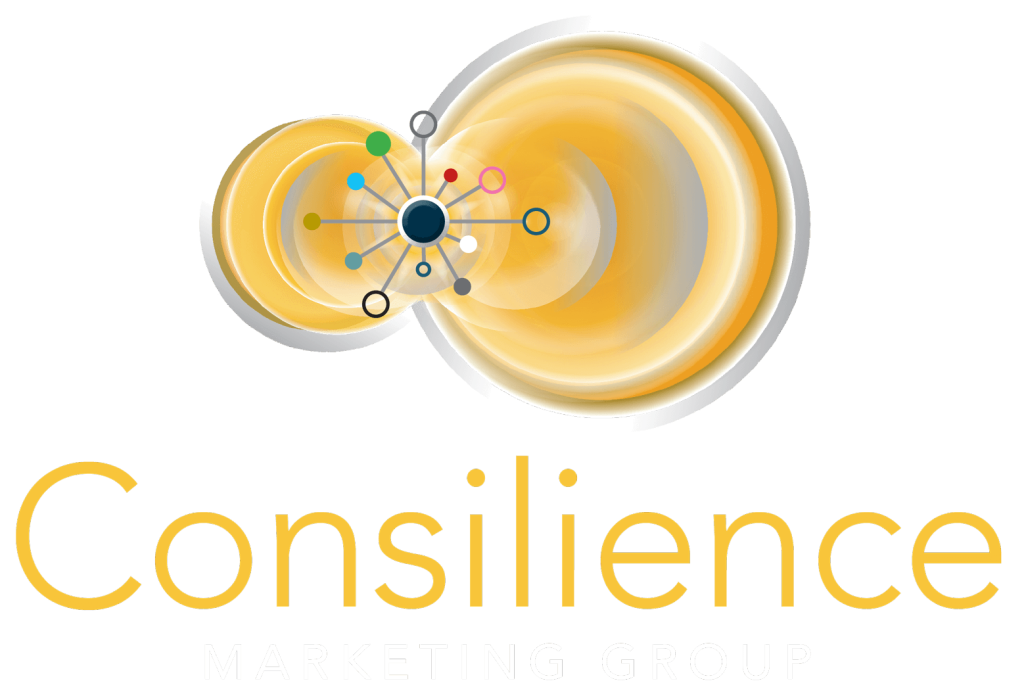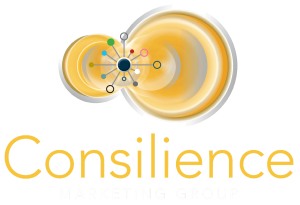
The Programme
WHAT is it?
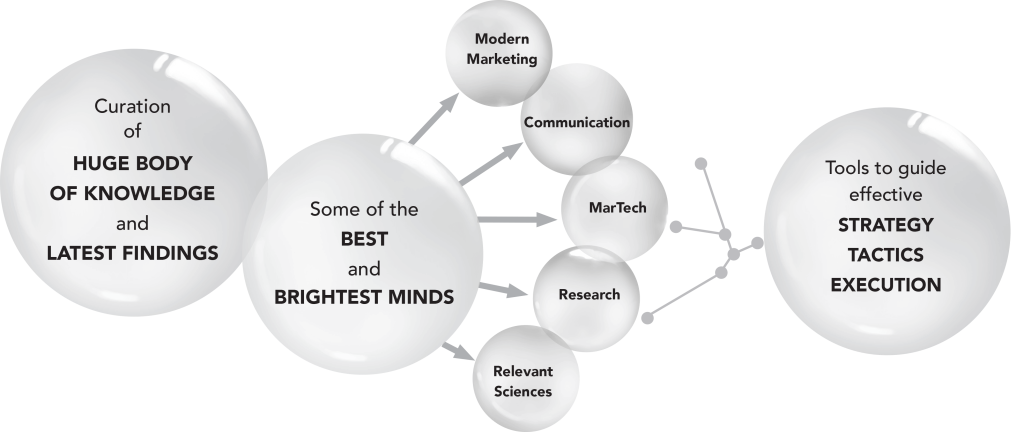
WHO should attend?

People skilled in Evidence-based Marketing (EBM) are becoming some of the most sought-after professionals in modern business.

1
2
3
4
Empirical Observations
1
Introduction
- What is Evidence-based Marketing( E.B.M)?
- Why is it important?
- About the Ehrenberg Bass Institute for Marketing Science (E.B.I)
- Sources and acknowledgements
- Our credentials
- Course outline
Prediction! “When young marketing people today retire, they will say they were ‘scientists’, studying buying and selling”
Professor Byron Sharp – Ehrenberg Bass Institute

2
Neuroscience
A simple guide to the relevant inner workings and structure of the brain
“The difference between describing something and understanding what causes it, is the difference between a useful insight and affecting a cure”
Andy Clark – Professor of Cognitive Philosophy
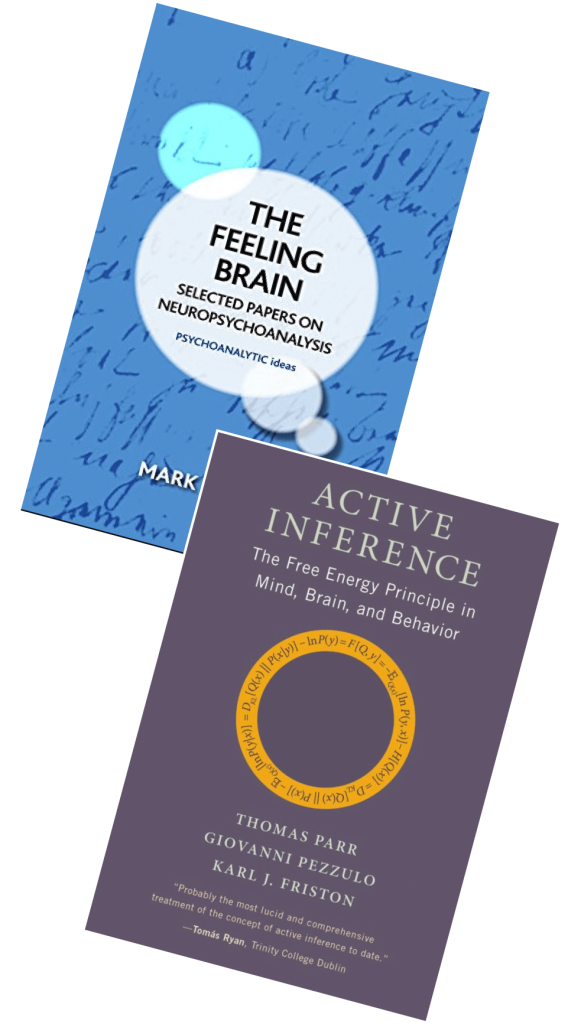
3
We think much less than we think we think”
Daniel Kahneman
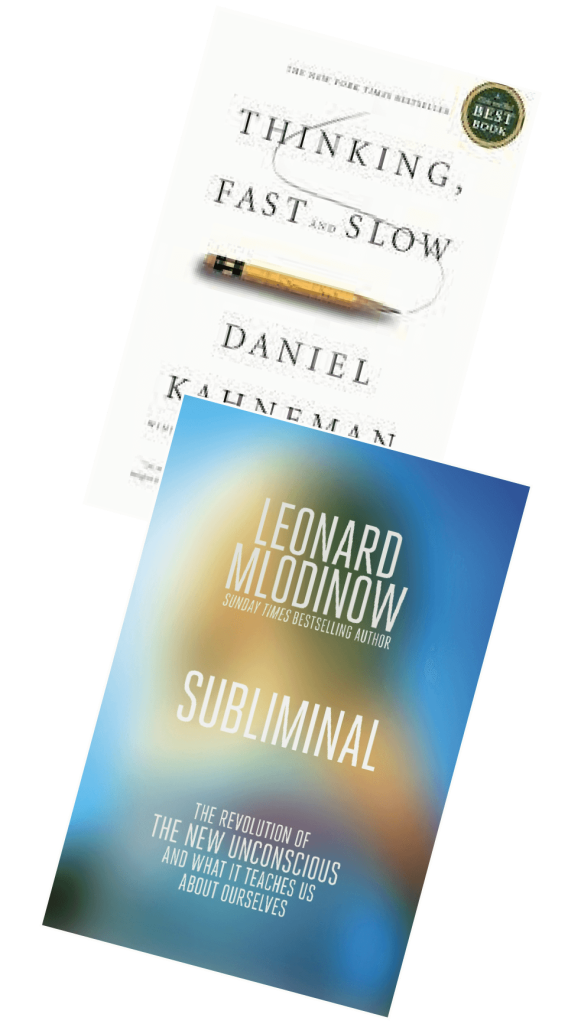
4
Empirical Observations (Modules 4 to 12)
• Discoveries • Implications • Applications
Understanding How Brands Grow and Compete
- Current theories and practices vs new theories and practices
- Revised role of marketing
Market-Based Asset theory for brand growth
Mental Availability
- Definition
- How to build Mental Availability?
- Brands and Branding
Physical Availability
- Definition
- Presence, prominence & portfolio
- Barriers to purchase
- Definition
- Examples of D.A`s
- Primary role of D.A’s
- How to identify, create, and manage
- Definition
- How they work?
- How to identify and prioritise?
- Application to marketing strategy
Principles For Effective Advertising
- How advertising really works?
- A.I.D.A vs A.T.R.N – a new model
- Key considerations for marketing practices
- Long term vs short term
- Purpose-led advertising
- Personalisation vs mass advertising
- Rands
- Reach
- Recency
- Receptivity
- Continuity
- Attention optimization
- Brain processing limitations
- Brain friendly tactics
Revised metrics for brand performance measurement
- What are they?
- Setting up & doing the research
- Analysing the metrics
Masterclasses also available on above modules
“The Illiterate of the 21st century will not be those who cannot read and write, but those who cannot learn, unlearn, and relearn”
Alvin Toffler – Writer, Futurist and Businessman


The leading authorities, institutions and books in
• Neuroscience
• Behavioural sciences & behavioural economics
• Empirical observations
”I can see further because I have stood on the shoulders of Giants”
Sir Isaac Newton

